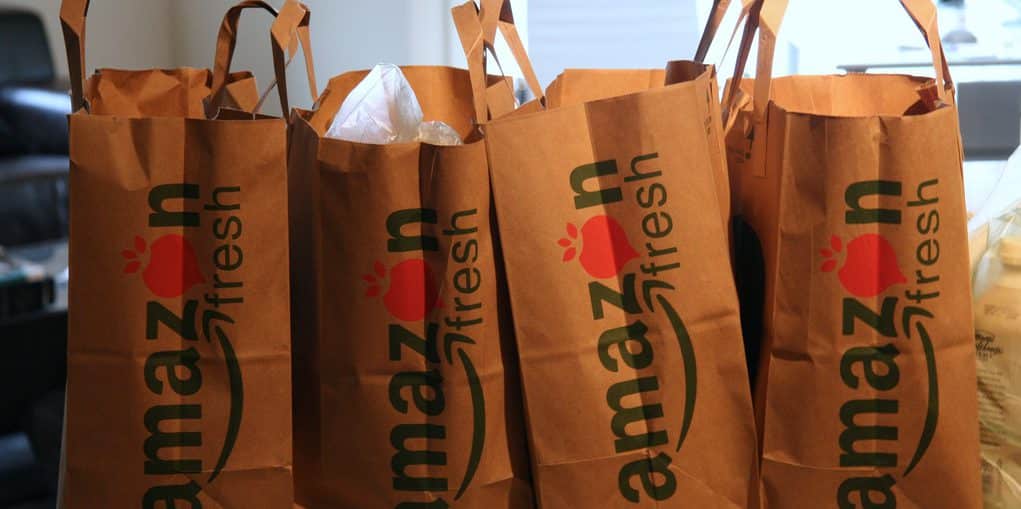
In the 1990s, Amazon took the world of e-commerce by storm by creating the first online bookstore that had no connection to any brick-and-mortar retail location.
More than simply creating a new way to shop, Amazon founder Jeff Bezos predicted that this disruptive delivery system would forever change consumer behavior, with customers making their purchases online and simply having the products delivered to their door.
Many analysts at the time thought the idea was unrealistic at best. While online shopping was good for certain products, overturning the whole industry seemed impossible.
Twenty years later, Bezos’s vision has engrained itself in the culture. Nearly every brick-and-mortar store maintains an online version of its brand, and many brands have abandoned the need for a physical store.
That’s why Amazon’s decision to start operating brick-and-mortar retail stores has sent shockwaves through the online selling industry.
Many Online Sellers Wonder What This Move Means for E-commerce
Will it make it easier to reach customers? Or will it signal another victory in Amazon’s attempt to dominate the industry and eliminate the little guy?
The answer may come partly from the current state of online selling and some of its remaining limitations.
For certain items, such as groceries and appliances, customers still prefer to purchase at a physical location, where they can touch and feel the product.
That may be why Amazon chose grocery stores as its first foray into physical retail.
However, despite the outward appearance of adopting an older, less advanced model, Amazon’s physical stores will be anything but your grandfather’s corner grocery.
For example, the Amazon Go convenience store in Seattle uses sensors to track customers as they place items in their baskets or return them to the shelf.
Each purchase is immediately charged to the shopper’s account, and returns are as easy as replacing the unused item on the shelf. This alone eliminates the need for checkout lines and cashiers.
Stores Can Also Double as Pick-up Centers for Customers Who Order Online
Amazon also wants to launch a network of branded electronics stores similar to Apple’s Genius Bars.
Other concepts include home furnishings and appliance stores, allowing customers to test products before purchasing online.
As it perfects these models, Amazon will enter other countries worldwide.
There are plans to open Amazon Go outlets in the United Kingdom next year, and soon thereafter, these outlets will be found in India.
Concerning bookstores—Amazon’s original product—the company has opened no fewer than six physical locations and plans to open six more.
True to their Amazon roots, these stores do not hold much inventory. Instead, the books are arranged facing out, taking up space.
The reason is that Amazon assumes customers can order whatever books they want from their smartphones.
The concept has spread to campus, where Amazon operates at least 20 bookless university bookstores.
Students order their books, t-shirts, mugs, and other dorm necessities online and return them to the store for pickup.
Does Amazon’s Movement Into Physical Retail Locations Spell the Beginning of the End for Online Sales?
Not by a long shot.
Instead, industry analysts see this as Amazon’s way of gaining a foothold into the most valuable real estate of all: the hearts and minds of the buying public.
The more customers see Amazon stores and products at the mall, on the street, and worldwide, the more they will associate Amazon as ‘the place to buy everything.’
This will open up online sales to many people who still do not make many purchases online.
This is all good news for online sellers, who can capitalize on Amazon’s new brand awareness to reach massive numbers of new customers.
Schedule a Sellercloud demo today.




